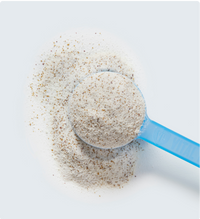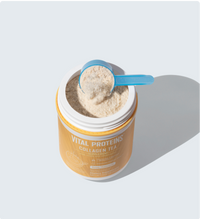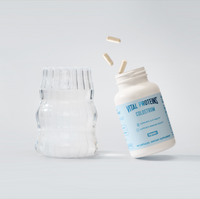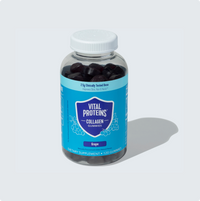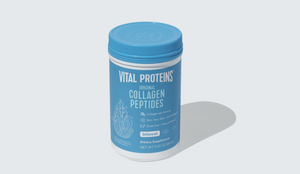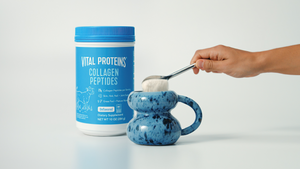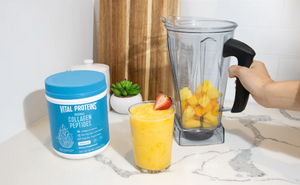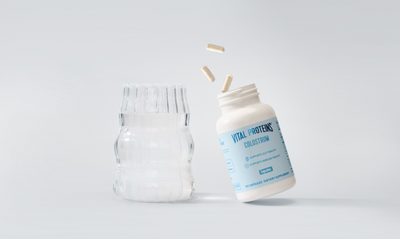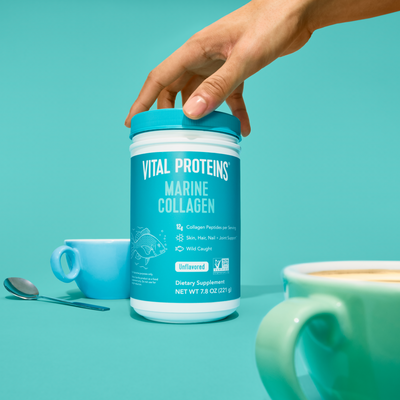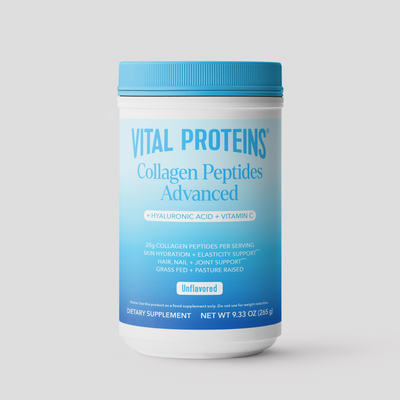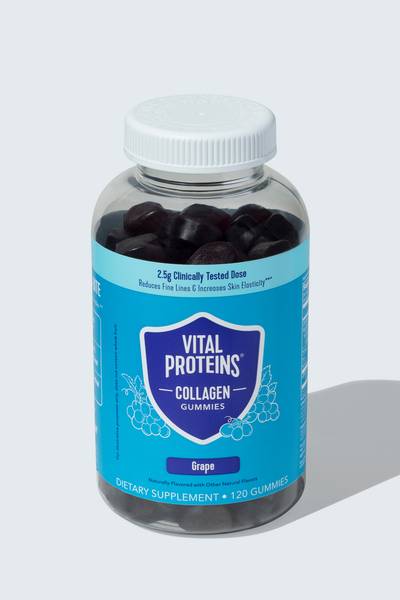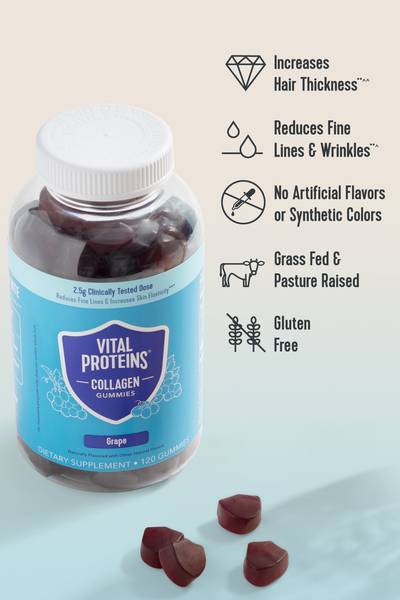There’s a good chance you’re familiar with the body positivity movement. Body neutrality, on the other hand, is a lesser known concept that's gaining traction in the wellness realm. The crux of the movement is acknowledging that we all have good days and bad days when it comes to how we feel about our bodies and that’s okay.
It’s also about shifting our perspective to a place of gratitude for our bodies instead of putting so much focus into our appearance. Since this is easier said than done, we turned to three experts to learn more about this body image movement. Here's what they had to say.
What Is Body Neutrality?
We first turn to our experts to get their take on the definition of body neutrality. “Body neutrality empowers us to embrace ourselves as we are, including the parts we don’t necessarily ‘like.’ The goal is to respect and accept our body for what it is – and that’s it,” Stephanie Dodier, clinical nutritionist & intuitive eating expert, tells Lively. “It’s reaching a place where you've come to appreciate and love your body for what it can do instead of solely focusing on what it looks like,” adds Anne Poirier, founder of Shaping Perspectives.
The concept of body neutrality differs from body positivity in the sense that there’s less pressure to be overly enthusiastic about our bodies 24/7. “Being positive about something 100% of the time is nearly impossible regardless of what the subject is, so if our goal is to always be positive about our body, and then inevitably we have a day where we feel badly about our body, it creates a sense of failure,” says Bethany C. Meyers, founder of the be.come project, champion of the LGBTQ+ community and leader in body neutrality. “Body neutral is the idea that our body is just that, a body. It is the vessel in which our true selves reside. And some days we feel good about that vessel, and some days we feel bad about that vessel, but all days we respect that vessel,” they tell Lively.

How to Reach Body Neutrality
Our experts agree that one of the most powerful things one can do on the journey to body neutrality is to work on shifting perspective. “Instead of seeing your body as a trophy of self-worth, start engaging with it from a place of functionality. What has your body done for you lately? Perhaps if you’re a mom, you can be grateful for your soft belly because of the life or lives it helped create. If you’re an athlete, perhaps being grateful for your thighs because of the strength that they give you,” says Dodier.
Poirier echoes that sentiment and also recommends engaging in a gratitude practice. “In terms of a tangible example, you might choose to keep a journal where you write down three things your body did for you that day at the end of every night,” she says.
This transformation in perspective won’t occur immediately, but Meyers notes that with “time, patience, practice and love,” your mindset will begin to shift. “What helps me on the super negative days is to think about why I feel this way. The answer almost always comes down to societal beauty standards that have been placed on us since birth,” they says. “Who told you your belly isn’t cute? The magazines? The people selling diet pills and compression undies? They don’t deserve the power to make you feel bad, so take it back!”
Related Articles
Navigating Social Media
In today’s digital age, social media has become ingrained in our lives. While it can be a wonderful tool, social media can also be detrimental when it comes to an issue like body image. We asked our experts for some tips on navigating those waters. “First, stop following any accounts that lead you to have negative feelings towards your body, and second, intentionally seek body diversity in your social media feed. Choose to follow accounts that will inspire you to live a full life as you are today,” Dodier tells Lively.
Try to take stock of how certain accounts or images might make you feel. “If you're seeing something in your social media that triggers you to the point where you’re feeling anxious or start to beat yourself up, it’s time to delete them. Additionally, learning to identify what words or images cause us to feel anxious, angry, or frustrated can ultimately help shift our thoughts again to a neutral zone,” Poirier says.
It’s important to also be wary about the constant “tips and tricks” content that’s hurled our way to the point where you’re trying to live your life as someone else. “Keep your eye out for accounts that seem to have all the answers because none of us do. People who say you have to drink a certain smoothie to have good skin or wake up at a particular time to have a productive day are two examples. Drawing inspiration and motivation from someone else can be great but trying to be someone else will get you into trouble because you are you,” adds Meyers.

How's Our Culture Doing?
For starters, our experts agree that while we’re on the right track, our society still has a long way to go when it comes to framing body image and health. “Diet culture is a power agent and so is the industry that it fuels: the $66 billion weight-loss industry. Yes, we are moving forward, but perhaps not fast enough, as each one of us must take responsibility and do our own self-acceptance work until diet culture no longer has any participants and the weight loss industry no longer has customers,” says Dodier.
“There is movement in the right direction, but certainly room for improvement. We’ve moved away from the very far end, but we aren’t in the neutral zone yet because there’s still a large anti-fat bias in our country and this is where a lot of the work needs to happen. Weight doesn’t dictate health – people can be healthy or unhealthy in all different body sizes,” adds Poirier.
Meyers tells Lively that visibility is the most vital that we can be doing to change the landscape surrounding beauty standards: “The more sizes, colors and genders we see, the better. Are we there yet? No. But are we on the right track? Yes. This article probably wouldn’t have existed 10 years ago and the fact that you are reading it today makes it pretty special.”

